Hanna Lukashevich
Multi-input Architecture and Disentangled Representation Learning for Multi-dimensional Modeling of Music Similarity
Nov 02, 2021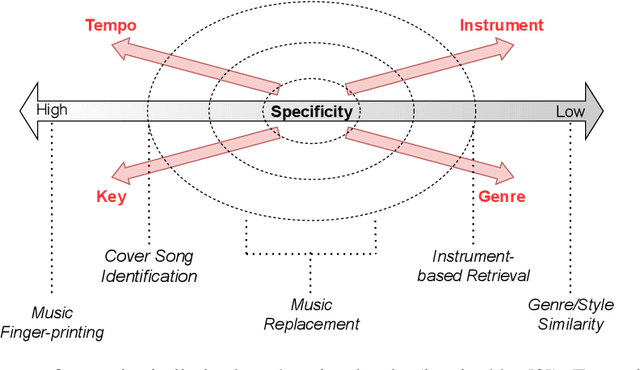


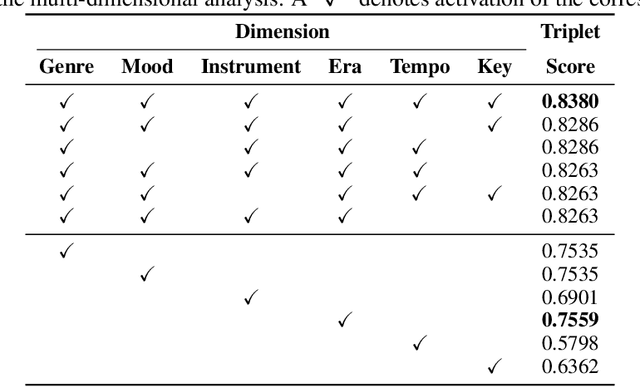
Abstract:In the context of music information retrieval, similarity-based approaches are useful for a variety of tasks that benefit from a query-by-example scenario. Music however, naturally decomposes into a set of semantically meaningful factors of variation. Current representation learning strategies pursue the disentanglement of such factors from deep representations, resulting in highly interpretable models. This allows the modeling of music similarity perception, which is highly subjective and multi-dimensional. While the focus of prior work is on metadata driven notions of similarity, we suggest to directly model the human notion of multi-dimensional music similarity. To achieve this, we propose a multi-input deep neural network architecture, which simultaneously processes mel-spectrogram, CENS-chromagram and tempogram in order to extract informative features for the different disentangled musical dimensions: genre, mood, instrument, era, tempo, and key. We evaluated the proposed music similarity approach using a triplet prediction task and found that the proposed multi-input architecture outperforms a state of the art method. Furthermore, we present a novel multi-dimensional analysis in order to evaluate the influence of each disentangled dimension on the perception of music similarity.
DESED-FL and URBAN-FL: Federated Learning Datasets for Sound Event Detection
Feb 19, 2021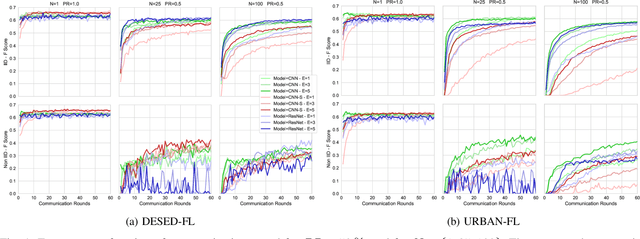
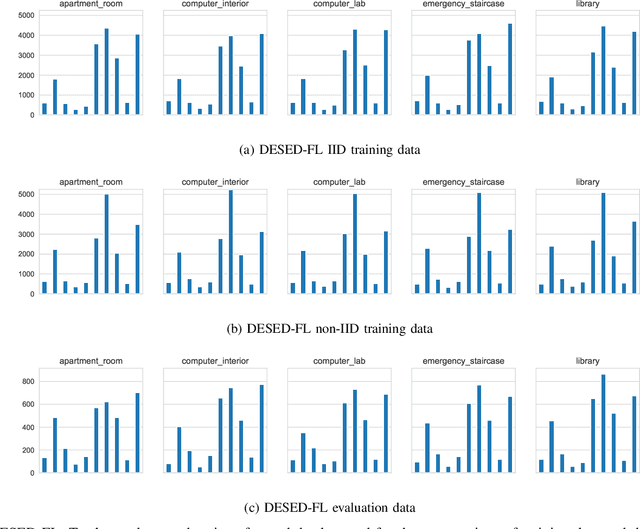
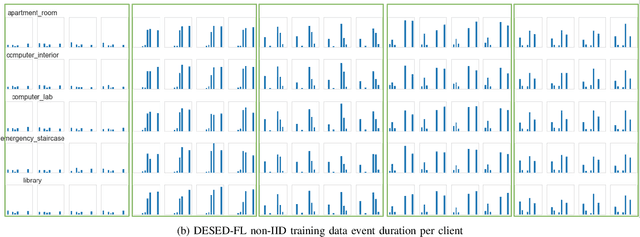
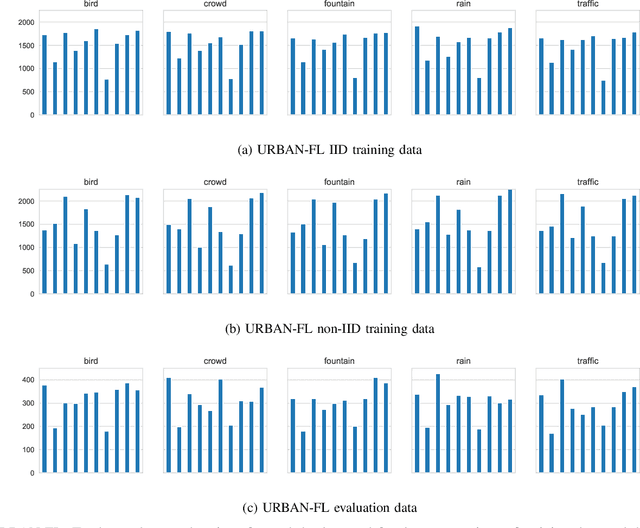
Abstract:Research on sound event detection (SED) in environmental settings has seen increased attention in recent years. The large amounts of (private) domestic or urban audio data needed raise significant logistical and privacy concerns. The inherently distributed nature of these tasks, make federated learning (FL) a promising approach to take advantage of largescale data while mitigating privacy issues. While FL has also seen increased attention recently, to the best of our knowledge there is no research towards FL for SED. To address this gap and foster further research in this field, we create and publish novel FL datasets for SED in domestic and urban environments. Furthermore, we provide baseline results on the datasets in a FL context for three deep neural network architectures. The results indicate that FL is a promising approach for SED, but faces challenges with divergent data distributions inherent to distributed client edge devices.
 Add to Chrome
Add to Chrome Add to Firefox
Add to Firefox Add to Edge
Add to Edge